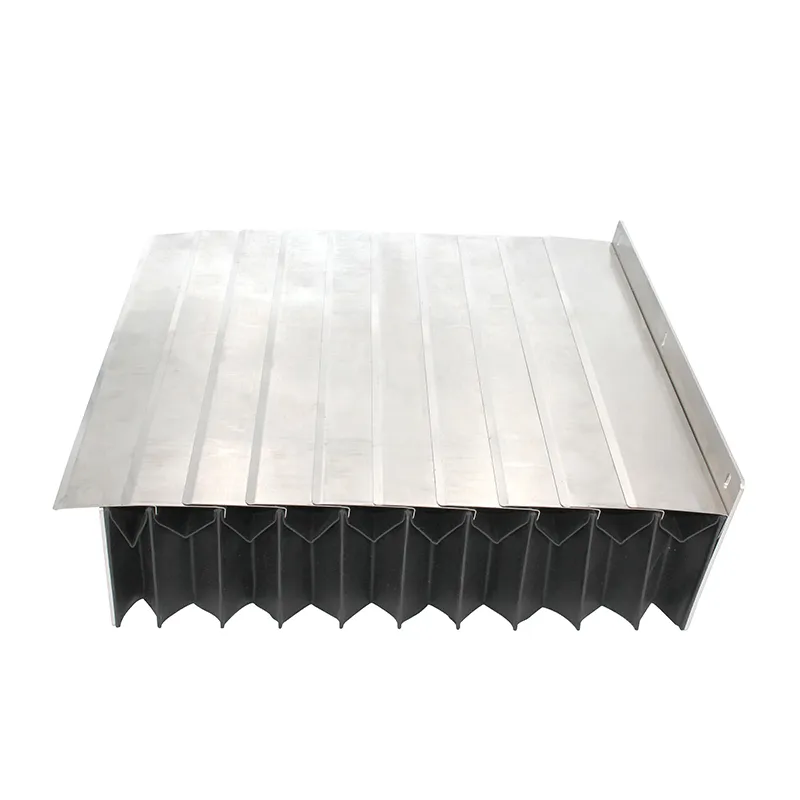cable and hose carrier
Understanding Cable and Hose Carriers Essential Components in Modern Machinery
In today's fast-paced industrial environment, the efficiency and safety of machinery are paramount. Among the crucial components that facilitate smooth operations are cable and hose carriers. Often referred to as energy chains or drag chains, these specialized carriers provide a practical solution for managing the movement of cables and hoses in various applications. Understanding their functionality, benefits, and applications can significantly impact machinery performance.
What are Cable and Hose Carriers?
Cable and hose carriers are designed to guide and protect cables and hoses from mechanical wear and environmental factors. Typically made from plastic, steel, or a combination of materials, these carriers consist of links that articulate and flex as machinery operates. They can accommodate various types of cables, including power, data, and fluid hoses, ensuring that these essential components are not only organized but also shielded from damage.
Functionality and Features
The primary function of cable and hose carriers is to facilitate the smooth and unrestricted movement of hoses and cables in machinery. This movement is especially crucial in dynamic applications, where the cables and hoses must traverse long distances while bending and twisting. Energy chains are designed to endure repeated flexing and bending without causing strain or wear on the cables within.
One notable feature of these carriers is their ability to reduce strain on the cables and hoses they hold. By distributing movement evenly, they minimize the risk of tangling or damaging the cables. Additionally, most systems come with options for modular design, allowing users to customize the length and width of the carrier according to their specific needs.
Benefits of Using Cable and Hose Carriers
1. Enhanced Durability Cable and hose carriers significantly extend the life of cables and hoses by protecting them from abrasion, wear, and environmental factors. This durability translates into reduced maintenance costs and minimized downtime.
cable and hose carrier

2. Improved Safety By organizing cables and hoses, these carriers reduce the risk of tripping hazards in industrial settings. They ensure that moving parts do not interfere with electrical wiring or fluid lines, enhancing overall safety for operators.
3. Efficient Space Utilization Energy chains allow for better organization of machinery layouts. By effectively managing how cables and hoses are routed, businesses can optimize their workspace, making it more efficient and less cluttered.
4. Flexibility Many cable and hose carriers come in various sizes and configurations, which means they can be adapted to suit a wide range of machinery and applications. This versatility is particularly beneficial in industries that utilize customized machinery.
Applications of Cable and Hose Carriers
Cable and hose carriers find applications across various industries, including manufacturing, automation, robotics, and marine. They are commonly used in CNC machines, conveyor systems, and robotic arms, where precise movements are crucial for performance. Moreover, these carriers are essential in applications involving moving platforms, such as elevators and cranes, where cables must be managed effectively to ensure safety and functionality.
In the automotive industry, cable carriers are integral to assembly lines, allowing for efficient routing of electrical and hydraulic systems while protecting sensitive components from wear. In the aerospace sector, they are utilized for managing control cables and fuel lines, where reliability and performance are non-negotiable.
Conclusion
In conclusion, cable and hose carriers play a vital role in enhancing the efficiency and safety of machinery across various industries. Their ability to protect and organize cables and hoses, while also enabling flexible movement, makes them indispensable in modern manufacturing and automation processes. As technology continues to evolve, the design and functionality of these carriers will likely advance further, offering even more innovative solutions to meet the demands of contemporary industrial applications. Investing in high-quality cable and hose carriers is a decision that can lead to improved operational efficiency, reduced maintenance costs, and a safer working environment.








